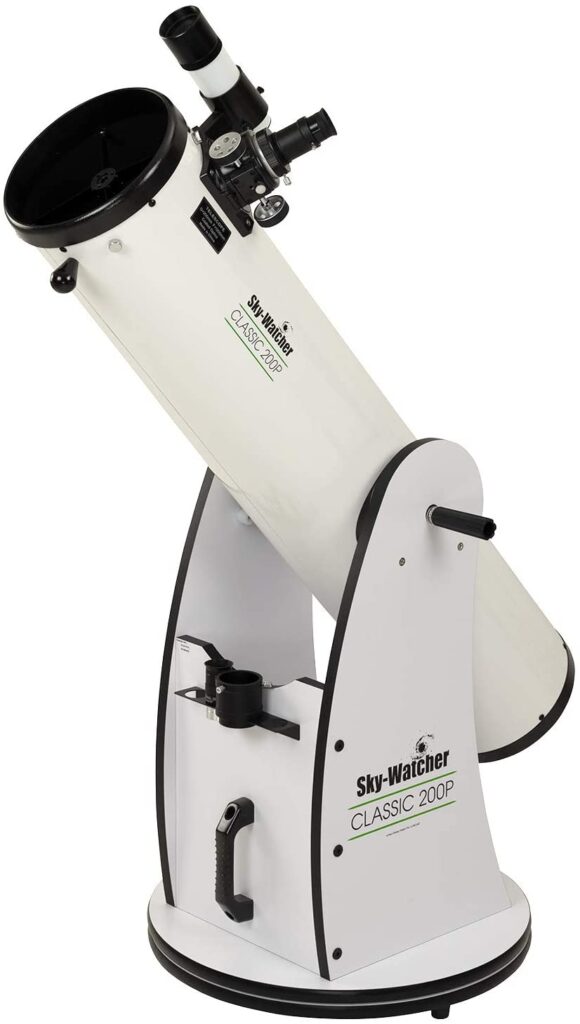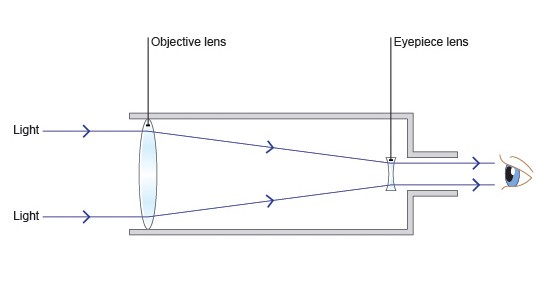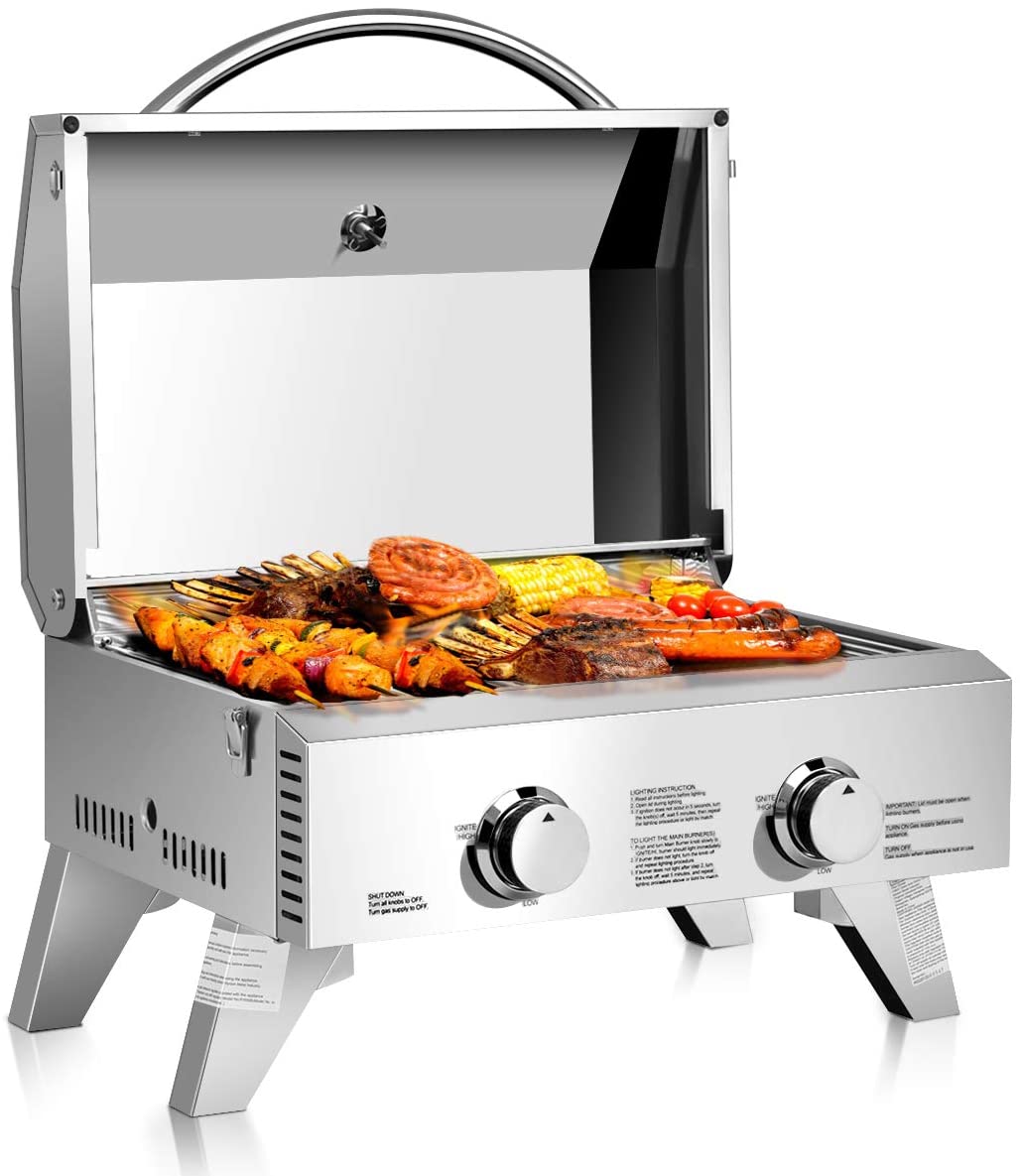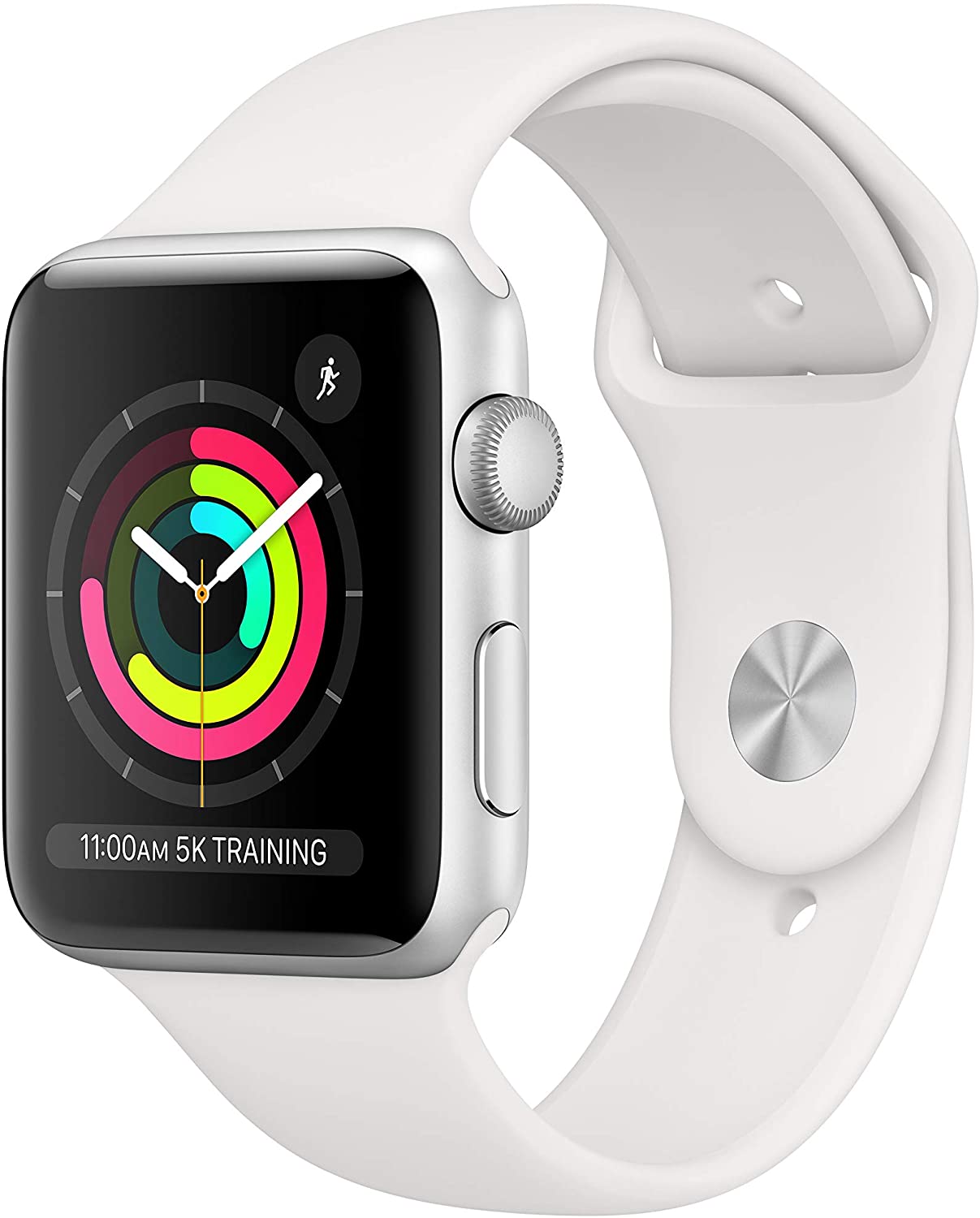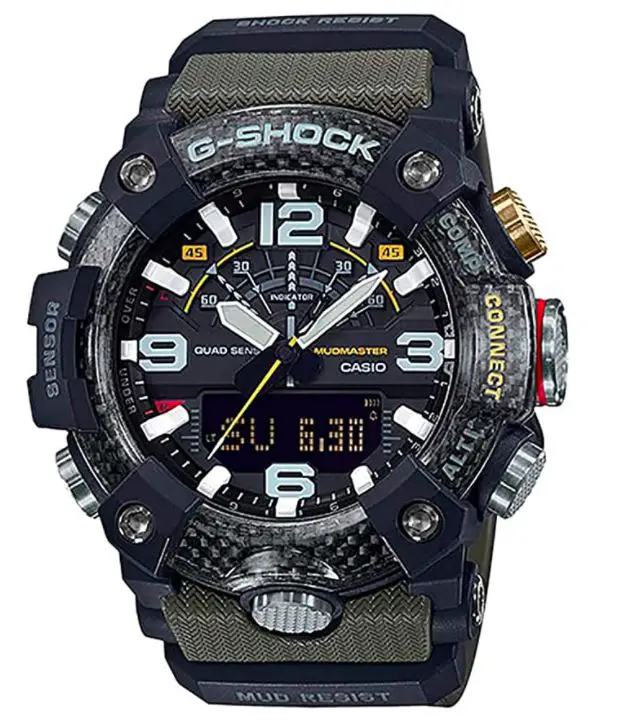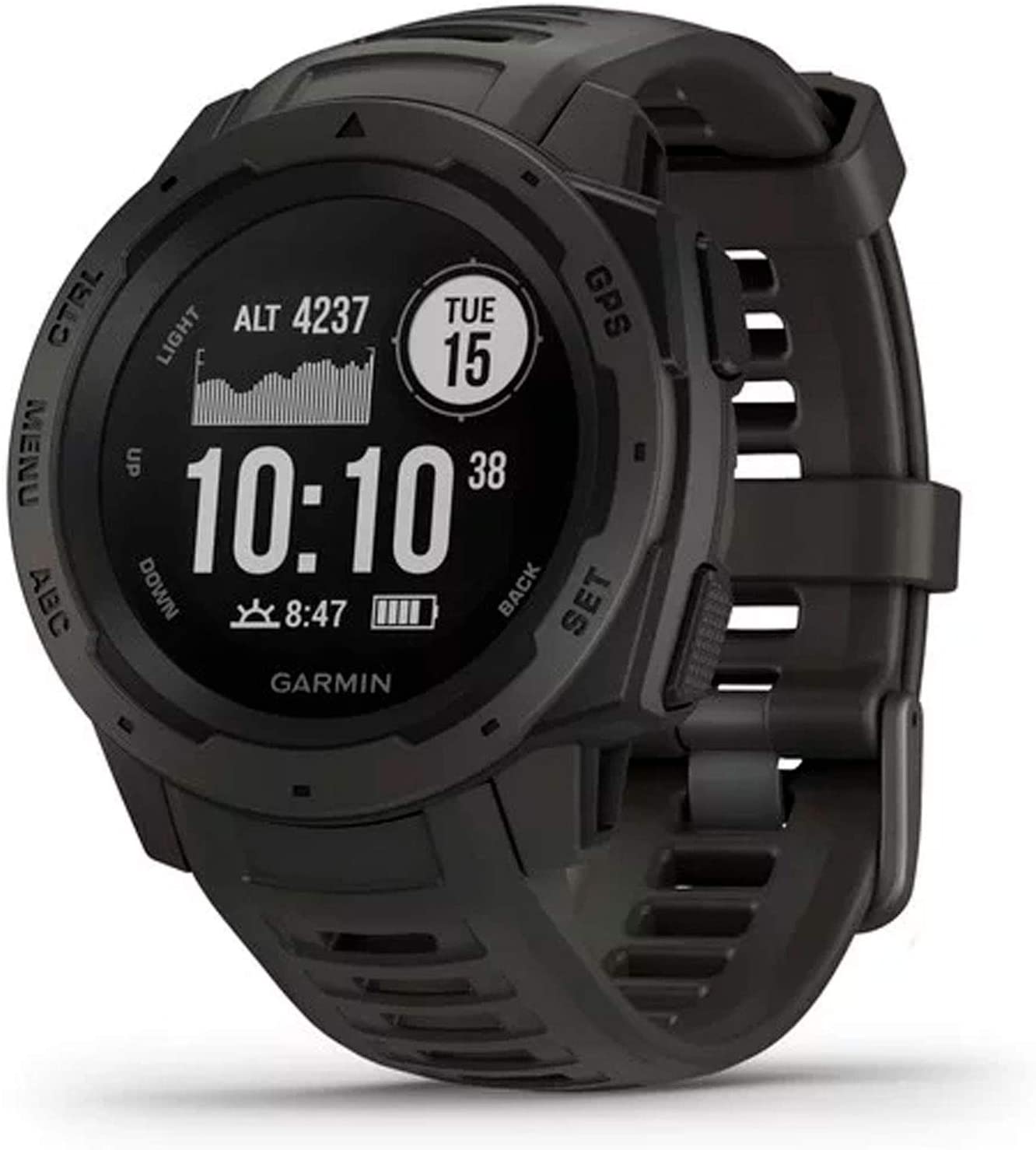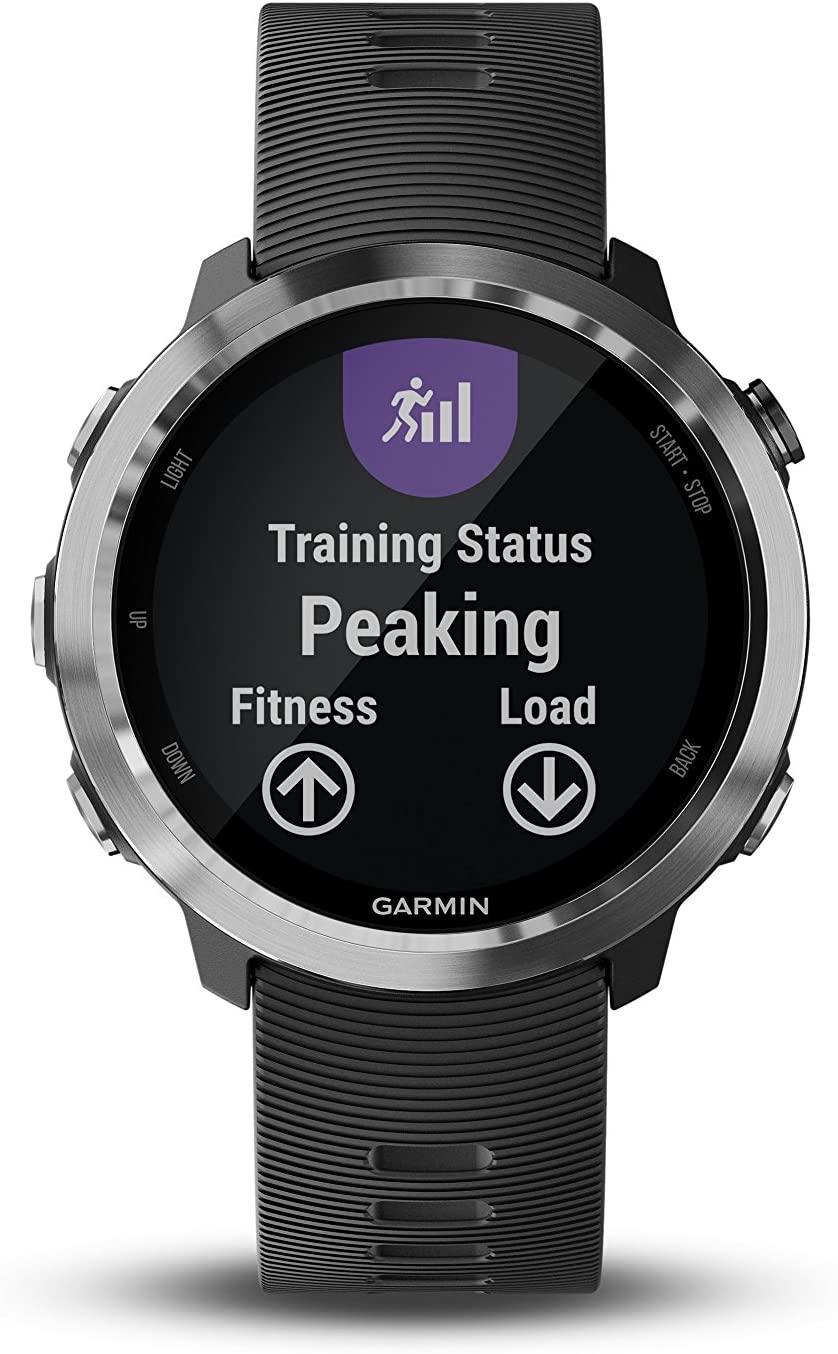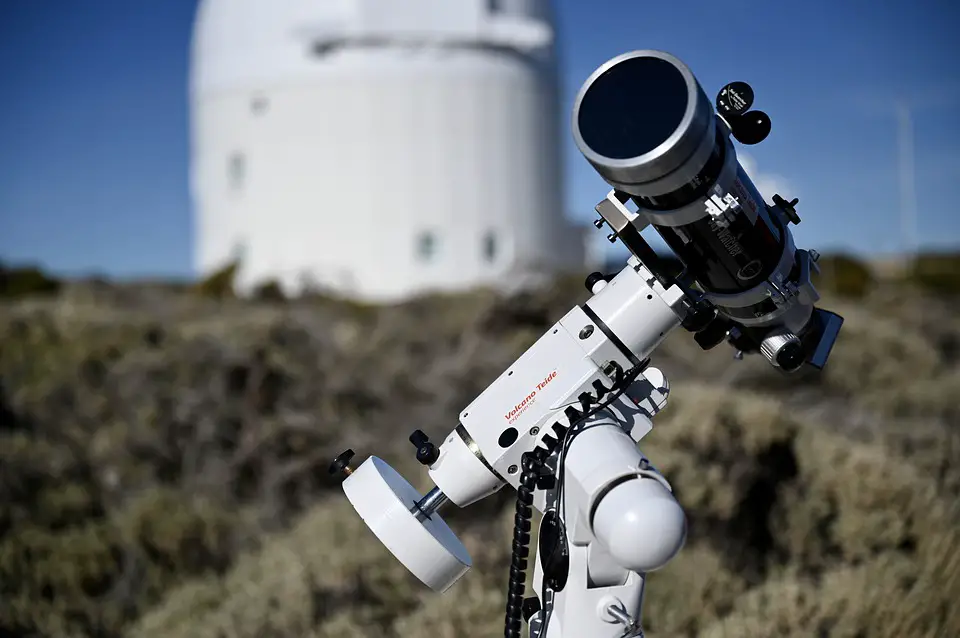
Below we’ve listed the 3 main types of telescope and which is best suited for your needs. Optical telescopes are classified into 3 main categories: Refractor, Reflector and Catadioptric. This classification is defined by their design, how they are constructed and the task they perform.
Why Choose A Reflector Telescope?
A Newtonian reflector telescope offers you a better quality to price ratio than any other type of telescope. The large reflector light collection area and its relatively short focal length manage to provide bright images of deep space objects that are too dark to be observed by a normal small aperture refractor. The wide aperture of the reflector telescope can lighten the details of these objects with a precision that no telescope can match – if the visual conditions are good.
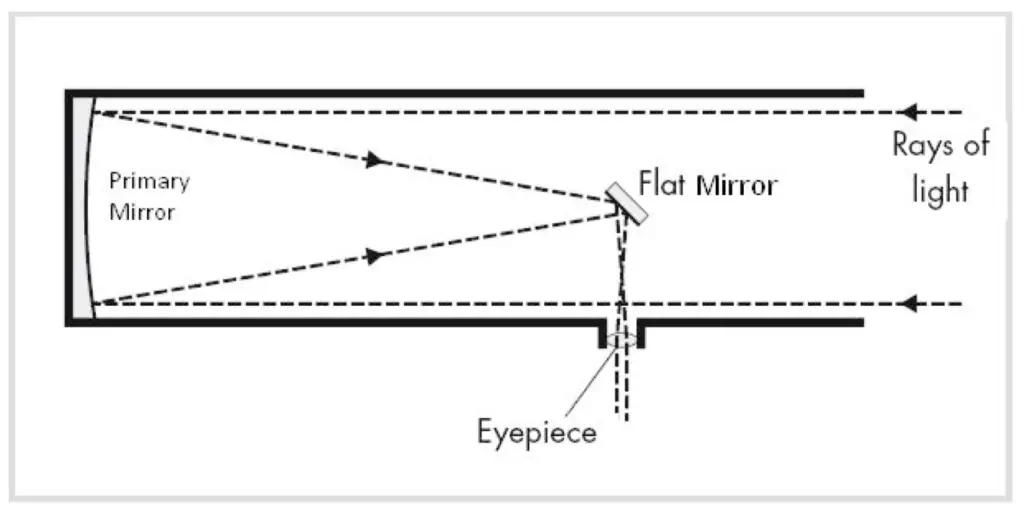
The price to pay for this performance is of considerable size and weight – the price will not necessarily be considerable: a reflector has the lowest dollar per inch/cm aperture ratio.
The reason for this? A reflector has only one mirror to be polished and sanded to a precise curvature (with an accuracy of more or less than five millionths of an inch or more). A refractor, on the other hand, has two to four lenses, with a total of four to eight precisely curved surfaces to be modelled. Those lenses could possess exotic and expensive formulations of glass in order to provide satisfactory images.
Similarly, a catadioptric telescope has three to four curved optical elements to be modelled at a high degree of accuracy.
All that refinement of extra lenses, mirrors, and expensive types of optical glasses certainly does not make reflector telescopes very cheap. This leads to the reflector being the least expensive telescope to manufacture, since it has single optical components and, consequently, its cost per inch of aperture is the lowest.
For the same amount of money, therefore, you will get more aperture with a reflector than with any other type of telescope. For the same characteristics, the greater the opening, the better the performance. An 8-inch reflector typically costs 50% less than a good-quality 4-inch refractor, and slightly more than a 3.5-inch reflex reflector, but has four times as much light collection from both.
For purely visual observations of space, Dobsonian reflector telescopes have an excellent price. With their large mirrors (up to 60cm and more in diameter) to collect light, and their inexpensive wooden frames, these new Newtonians have given birth to the “bucket of light” era in amateur astronomy. For budget-minded amateur astronomers, things have never been easier.
Even astrophotographers will find that a reflector telescope with an equatorial mount and a large aperture is an excellent choice for recording celestial bodies in detail, as it is for visual observations. (Photography is not possible with an altazimuth Dobsonian reflector.)
What are the disadvantages of a reflector?
There are five of them – diffraction, coma, size, weight, and added maintenance.
The diffracted, or diffused, light from the diagonal mirror of a reflector can reduce the contrast of the image in lunar and planetary observations, masking the small details of the surface; which does not happen with the image coming from an unobstructed refractor. Furthermore, the diffraction points on the images of the stars, due to the spider vanes’ fins that hold the diagonal mirror, can hide the elements of the distant binary stars and make images of the details of the globular clusters drool.
Due to the parabolic shape of the primary mirrors, all reflectors have a coma – an optical defect whereby the stars appear triangular or comet-like at the edges of the field. The faster the focal ratio, the lower the coma-free field. This can be annoying in photos, in which you want to capture the whole field. Visually, the coma is harmless. In fact, the objects of interest are normally kept in the centre of the field, in which the eye and ocular perceive the images more clearly.
Given that a 203mm reflector telescope with an equatorial mount can weigh twice as much as a 203mm fork mount reflex reflector, and the long 122cm optical tube of a reflector is not quite so simple to handle inside a lift apartment, a large reflector usually requires the manoeuvring space offered by a suburban environment.
In addition, since the light pollution of a city compromises the telescope’s performance almost every time by removing nebulae and galaxies, it is always advisable to use reflectors with a wide or medium aperture in observation sites of the night sky.
Wide-aperture reflecting telescopes (305-406mm and above) almost always require a minivan or SUV to be transported to the observation sites they need in order to avoid being overwhelmed by the effects of city light pollution. Often, there may also be someone’s help required to assemble the heavier elements of the telescope.
Owning and using a large reflector can be more a lifestyle than a hobby. Furthermore, unlike catadioptric or refractor telescopes, a reflector needs to be re-collimated (or aligned) often, and its exposed mirrors mean that periodic cleaning of the optical elements will also be required. However, this maintenance typically only takes a few minutes of work per observation session on average.
Apart from these small defects, for serious visual observations of distant galaxies or nebulae, and also for more than acceptable planetary and lunar observations, it would rarely be possible to match, let alone exceed, the excellent quality to price ratio of a Newtonian reflector. The spotlight has been a bestseller for over 300 years – and this report explains why.
SHEET OF A REFLECTOR FOR VISUAL USE (Used in excellent atmospheric and visual conditions and without light pollution; adapted from Astronomy Magazine):
E = excellent; MB = very good; B = good; D = discreet; S = poor.
Small aperture reflector telescopes (76 to 152mm):
- Price range: $120 – $1000
- Portability: E
- Easy assembly: MB
- Ease of use: MB +
- Performance on the Moon: E
- Comet performance: D
- Performance on binary stars: MB
- Performance on galaxies and nebulae: D
- Planetary performance: MB
Medium aperture reflector telescopes (from 203 to 318mm):
- Price range: $400 – $14,000
- Portability: D
- Easy assembly: D
- Ease of use: MB +
- Performance on the Moon: E
- Performance on comets: MB
- Performance on binary stars: MB
- Performance on galaxies and nebulae: MB
- Planetary performance: MB
Wide opening reflector telescopes (from 330mm up):
- Price range: $1200 – $36,000?
- Portability: D
- Easy assembly: S +
- Ease of use: B +
- Performance on the Moon: MB
- Performance on comets: E
- Performance on binary stars: E
- Performance on galaxies and nebulae: E
- Planetary performance: E
Why Choose A Catadioptric Telescope?
The retroreflective telescope (composed of a combination of mirrors and lenses) combines most of the best features of refractors and reflectors in one object, with few of their defects.
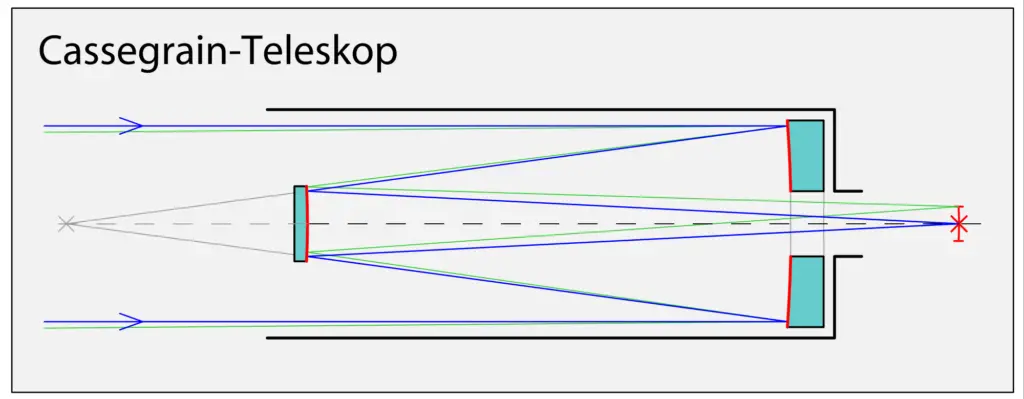
They allow the same performance as a telescope with a wide opening enclosed in a reasonably light and transportable package. This is very useful if your telescope needs to be transported to a site where the sky is dark, compared to in your garden, particularly if the telescope is mounted on a light fork altazimuth mount instead of a traditional German equatorial mount. (Although, German equatories are preferred by most professional astrophotographers).
Due to their optical design, reflex reflectors have an essentially reduced coma compared to reflectors, and practically none of the chromatic aberrations of the refractors. Through the field of view of a catadioptric telescope, the stars appear essentially in the shape of a point and without a coma, and there is no trace of coloured auras around the bright stars and the planets, masking details and colours.
A little field curvature is visible in the reflex reflectors – even when the centre of the field is in focus, the edges of the field are slightly out of focus – but it is usually more visible at the corners of long-shot photos than in visual observations. For professional astrophotographers who prefer long-range photography, recent innovations in optical design have virtually eliminated field curvature in some Schmidt-Cassegrain models, albeit at a higher price than standard SCT optical components.
Most catadioptrics use a fork mount to hold the telescope’s short optical tube on both sides, reducing the vibration that degrades images to a minimum. The slow-motion controls of a fork-mounted catadioptric, often not available on the reflectors, make adjusting the position of the telescope very simple. Also, the assembly and disassembly time of a reflex reflector is very short, thanks to its folding tripod, its lightweight frame, and its more compact dimensions per millimetre of opening.
Essentially, every current Schmidt-Cassegrain reflex reflector with fork mount is entirely computerised and go-to, making the alignment of this telescope with the sky very fast and simple in order to speed up observation times.
The cons of a catadioptric telescope? First of all, the price. A 203mm Schmidt-Cassegrain costs 50% to 300% more than a reflector from the same aperture (even if it is the same price as a 102mm refractor).
Secondly, Schmidt-Cassegrain catadioptrics do not have as wide a range of contrast on the Moon and planets as that of a refractor or most f/6-f/8 reflectors, due to the extra light diffused by their large secondary mirror and from their multiple element FLP, and they are not even able to divide neighbouring binary stars as cleanly.
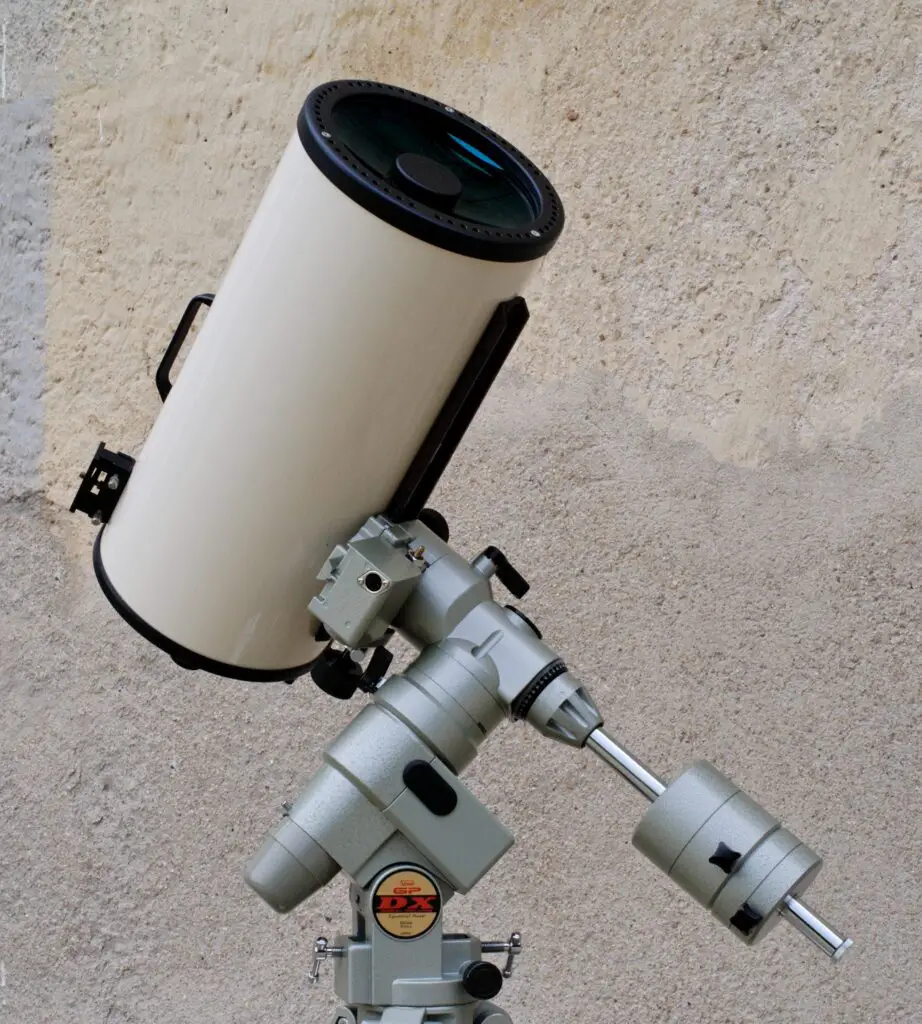
However, a Schmidt-Cassegrain performs far better than a refractor with a fast focal ratio (f/4.5) of similar aperture on planets and binary stars thanks to its lack of spider vanes’ fins of the secondary mirror causing diffraction. A Maksutov-Cassegrain, since it has a smaller secondary mirror obstruction, typically has a better contrast than a Schmidt-Cassegrain, often rivaling that of a refractor with the same aperture.
Thirdly, although their large openings allow detailed observations of deep space, catadioptric telescopes generally do not provide images as bright as telescopes with an aperture similar to the same power. A reflex reflector can have 64% light transmission before light losses caused by secondary obstructions are calculated (70% to 75% with multiple coverage optical elements), compared to 90% of a multiple coverage refractor from a similar aperture and 77-80% of a reflector.
Finally, since the position of their eyepiece is at the base of the optical tube, reflectors on German equatorial mounts are somewhat less practical to use than reflectors on similar mounts – when viewed at the zenith, the eyepiece of a reflex reflector will generally be found at waist level, moving to eye level only when the telescope is pointed towards the horizon.
The eyepieces of the fork-mounted catadioptrics are always more or less at eye level, regardless of where the telescope is aimed, and therefore are more comfortable for visual observations.
Despite these few negative points, if it is within your budget and you need a portable telescope that does a little bit of everything, it will be very difficult for you to find something better than an excellent catadioptric telescope.
DATA SHEET OF A CATADIOPTRIC FOR VISUAL USE (Used in excellent atmospheric and visual conditions and without light pollution; adapted from Astronomy Magazine):
E = excellent; MB = very good; B = good; D = discreet; S = poor.
Schmidt and Maksutov-Cassegrains with small aperture (89 to 127mm):
- Price range: $500 – $4300
- Portability: E
- Easy assembly: MB
- Ease of use: B +
- Performance on the Moon: E
- Comet performance: D
- Performance on binary stars: B
- Performance on galaxies and nebulae: D
- Planetary performance: B
Schmidt and Maksutov-Cassegrains with medium opening (from 152 to 203mm):
- Price range: $1000 – $ 4000
- Portability: MB
- Easy assembly: MB
- Ease of use: MB +
- Performance on the Moon: E
- Performance on comets: B
- Performance on binary stars: MB
- Performance on galaxies and nebulae: B
- Planetary performance: B
Schmidt and Maksutov-Cassegrains with wide opening (from 229 to 406mm):
- Price range: $1700 – $20,000?
- Portability: S +
- Easy assembly: D
- Ease of use: B
- Performance on the Moon: MB
- Performance on comets: MB
- Performance on binary stars: MB
- Performance on galaxies and nebulae: MB
- Planetary performance: MB
Why Choose A Refractor Telescope?
To observe images of the Moon, planets, globular clusters, and binary stars – both to obtain surprisingly excellent images of the brightest galaxies and nebulae from the Messier, NGC, and IC catalogs – many amateur astronomers prefer sharp, diffraction-free, and high contrast images of a good refractor telescope.
In medium visual conditions, a general rule of thumb useful in astronomy is that a good quality 3-4 inch refractor often manages to perform better than a catadioptric telescope or a medium quality 6-8 inch reflector telescope if you want to observe details of the Moon and planets, divide binary stars, and clarify globular clusters.
Why? Unlike reflectors (Schmidt-Cassegrains, Maksutov-Cassegrains, etc.), refractor telescopes do not have a secondary mirror obstruction or a multiple reflection optical path to introduce a diffraction that disperses light and internal reflections that illuminate the background of the sky, reduce the contrast, and stain the images.
Refractor telescopes also have the highest light transmission – the percentage of light collected by the telescope that reaches your eye. Refractors typically transmit 90% more of the light they collect, compared to 77%-80% of the transmission of reflectors and 64%-75% of that of reflectors.
(The percentages of reflectors are only concerned with the reflectivity of the covers of standard aluminum mirrors.
They do not take into account the light blocked by the diagonal or secondary mirror of a reflector or a reflex reflector, which can reach a good 15%-20% more light in some telescopes.)
Unlike reflectors, which can lose from 1% to 5% of their reflectivity per mirror surface every year as their aluminum covers gradually oxidise, the light transmission of a low-maintenance refractor telescope rarely deteriorates drastically over time. Centuries-old refractors are still used today, and the oldest refractor in the world – the huge 40-inch refractor telescope of the Yekers observatory – has been professionally used since 1897.
What are the results of the low diffraction and high transmission of a refractor? Given favourable visual conditions, a modestly sized refractor is often able to show hidden characteristics of the Moon and planets with a wider and easily observable contrast range, and with much sharper and clearer details than is possible with component optics that disperse the light of larger reflectors.
This is especially true on those nights when visual conditions are not so good, when the details visible in a larger telescope are often blurred by the turbulence of our atmosphere. A smaller refractor captures smaller portions of our unstable atmosphere, which is why its images are less affected by this turbulence. A good 80mm refractor, for example, would be able to reveal more lunar details than you could collect in a lifetime of observations made with any other telescope.
The diffraction points in the stellar images of a reflector, caused by the spider vane’s fins of its diagonal mirror, are absent in an unobstructed refractor. Without the diffraction tips to hide the obscured components of a binary star or to make the images of the globular clusters drool, the refractors often manage to divide the very close stars more precisely than the typical reflector.
Since the Moon and the planets are all illuminated by the Sun, a large capacity for light collection is not important for a high magnification within the solar system. The relatively small aperture of a refractor telescope, therefore, often has an advantage over a larger reflector-type telescope for this type of observation, as the well-lit planetary surfaces of a larger telescope have less glare that eliminates dark details.
For purely visual observations of the Moon, planets, groups of stars, and binary stars, an altazimuth refractor telescope with manual slow-motion controls could prove to be the perfect choice. If a family shares the telescope, however, an equatorial mount with a motor will keep the objects in the center of the field of view, so that everyone can observe the same thing. Close-up lunar and planetary photography usually requires a mount and a similar motor.
Thanks to the growing availability of DSLR and CCD cameras with an affordable price and high sensitivity for astrophotography, short focal length and moderate aperture refractors are becoming increasingly popular for photographing nebulae and long-range galaxies.
What are the defects of a refractor telescope?
Except for achromatic designs, all refractors are affected by chromatic aberration (or “spurious colour”). It is an optical defect that produces a faint, and normally harmless, violet aura around the bright stars, the sides of the Moon, and the planets.
Chromatic aberration becomes more visible as the aperture increases and the focal ratio decreases, although modern optical systems minimize the problem in two-element achromatic refractors – and virtually eliminate it in apochromatic systems from three to four lenses.
Although they are light, inexpensive, and smaller in size, even the GoTo computerised refractor models become heavier and considerably more expensive than reflector telescopes and reflex reflectors with apertures greater than 102mm. A top quality 102mm apochromatic refractor can cost, and weigh, four to eight times more than a 114mm reflector and an 89mm Maksutov-Cassegrain.
However, apart from these small disadvantages, and if the collection of light is not essential – for finding very distant galaxies, for example, for which a large reflector telescope would be much more suitable – clarity, contrast, and quality pictures of a good refractor are good options to consider.
REFRACTOR TELESCOPE CARD FOR VISUAL OBSERVATIONS (Used in excellent atmospheric and visual conditions and without light pollution):
E = excellent; MB = very good; B = good; D = discreet; S = poor.
“Toy/economic” refractor telescope with small aperture (50 to 76mm):
• Price range: $100-$200
• Portability: E
• Easy assembly: E
• Ease of use: D
• Performance on the Moon: D
• Performance on comets: S
• Performance on binary stars: S
• Performance on galaxies and nebulae: S
• Performance on planets: S
Small aperture achromatic refractor telescope (76 to 102mm):
• Price range: $200-$800
• Portability: E
• Easy assembly: B
• Ease of use: B
• Performance on the Moon: E
• Performance on comets: D
• Performance on binary stars: MB
• Performance on galaxies and nebulae: D
• Performance on planets: MB
Medium aperture apochromatic refractor telescopes (from 102 to 127mm):
• Price range: $ 700- $ 10,000
• Portability: MB
• Easy assembly: E
• Ease of use: MB
• Performance on the Moon: E
• Performance on comets: MB
• Performance on binary stars: MB
• Performance on galaxies and nebulae: MB
• Performance on planets: MB
Wide aperture achromatic refractor telescopes (from 127 to 203mm):
- Price range: $800-$3200?
- Portability: D-MB
- Easy assembly: B +
- Ease of use: MB
- Performance on the Moon: E
- Performance on comets: MB
- Performance on binary stars: E
- Performance on galaxies and nebulae: B
- Performance on planets: E
Wide aperture apochromatic refractors (152 to 203mm):
• Price range: $5000-$27,000 and above
• Portability: D
• Easy assembly: D
• Ease of use: MB
• Performance on the Moon: E
• Performance on comets: MB
• Performance on binary stars: E
• Performance on galaxies and nebulae: B
• Performance on planets: E

